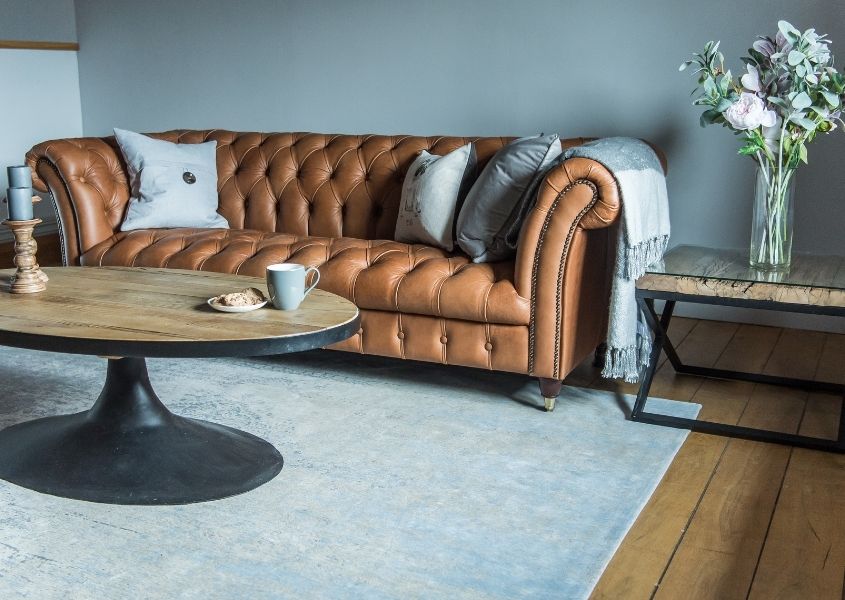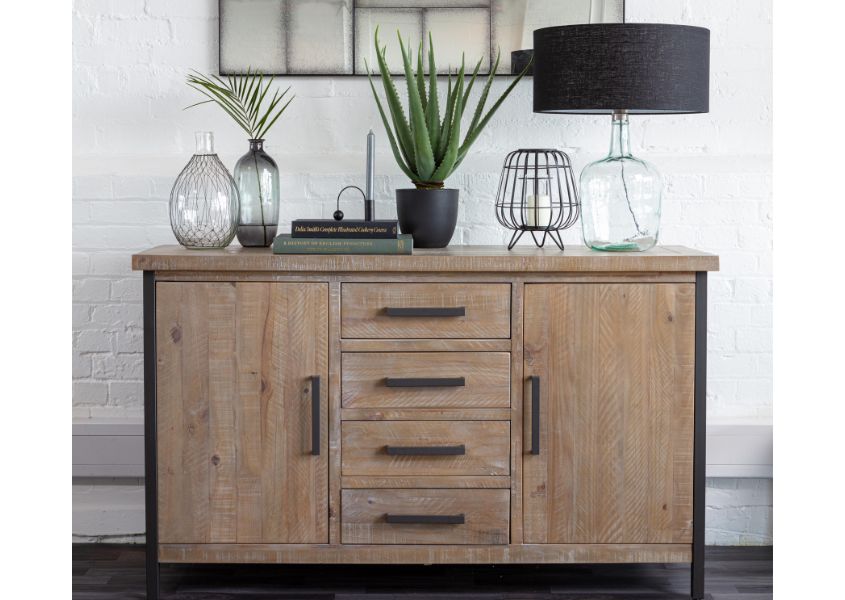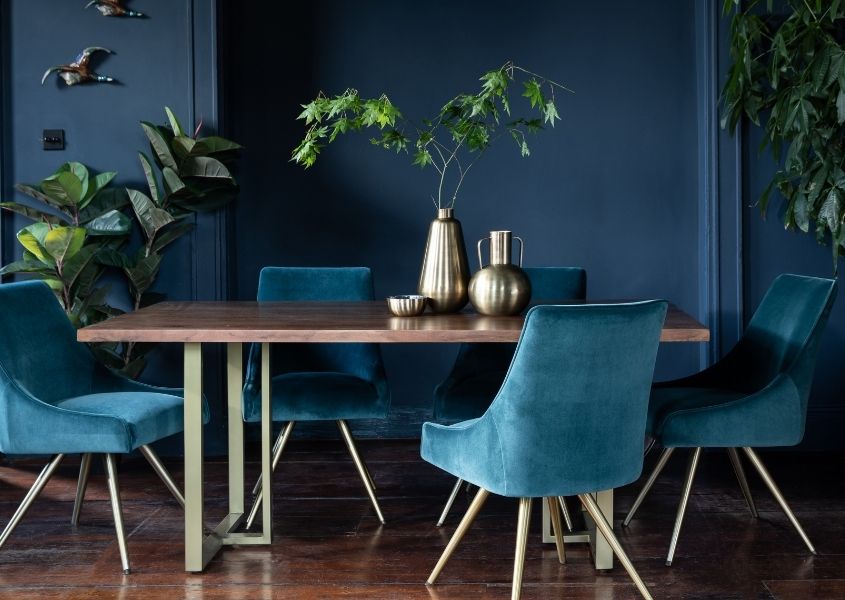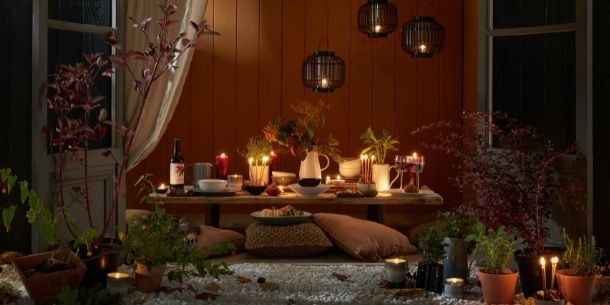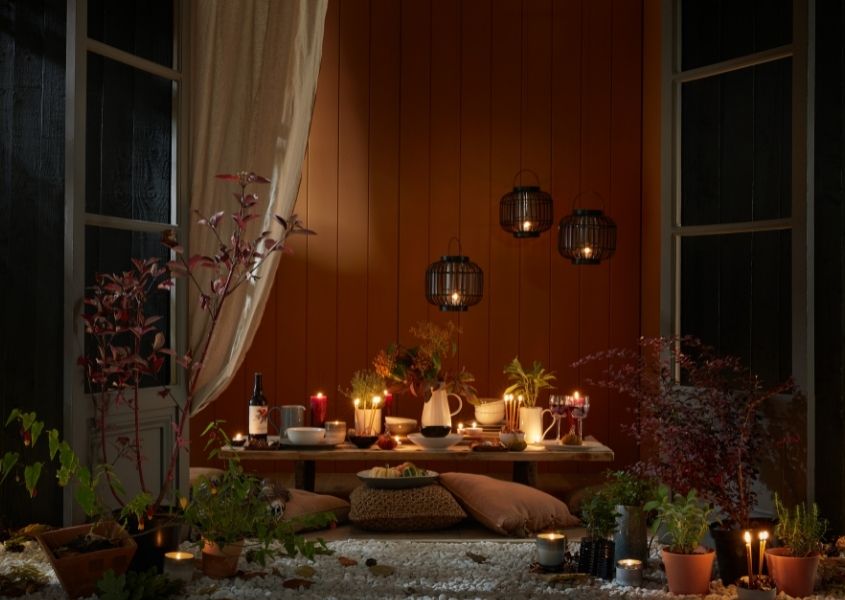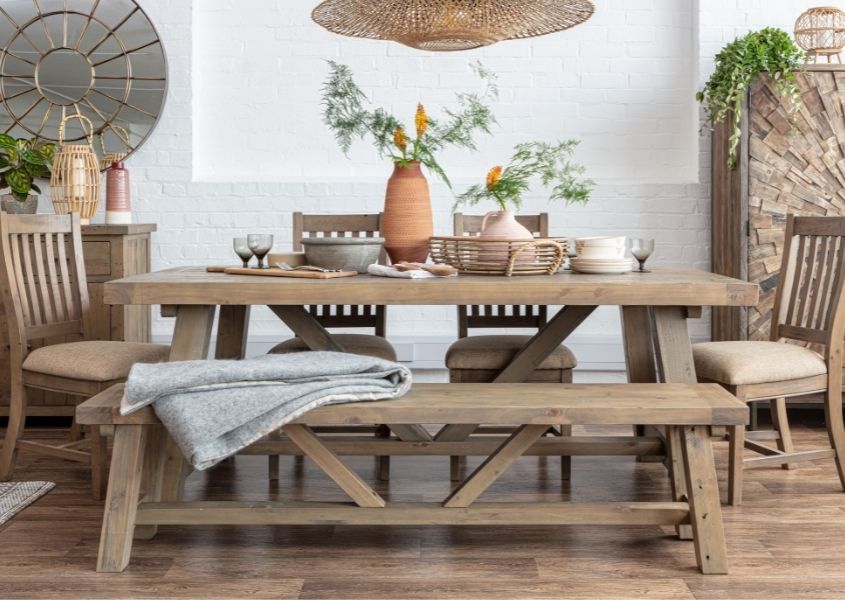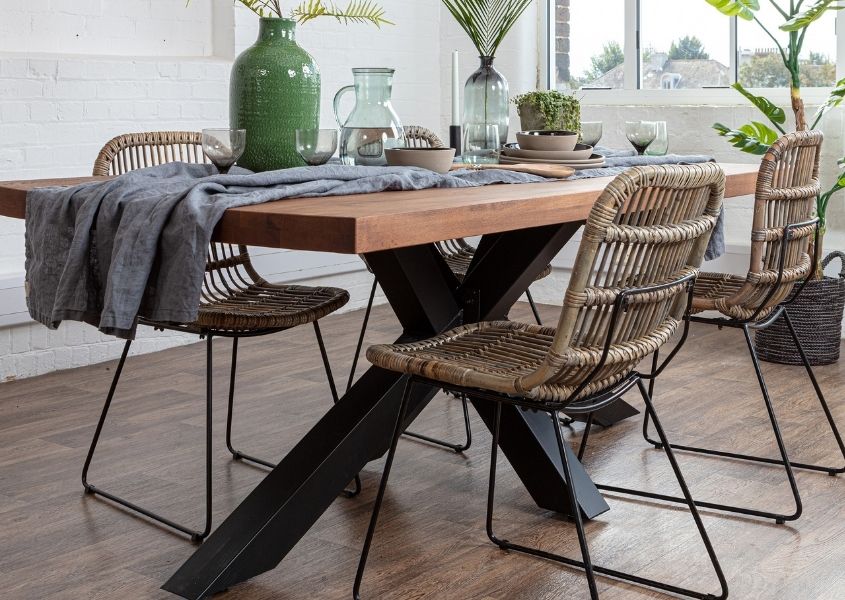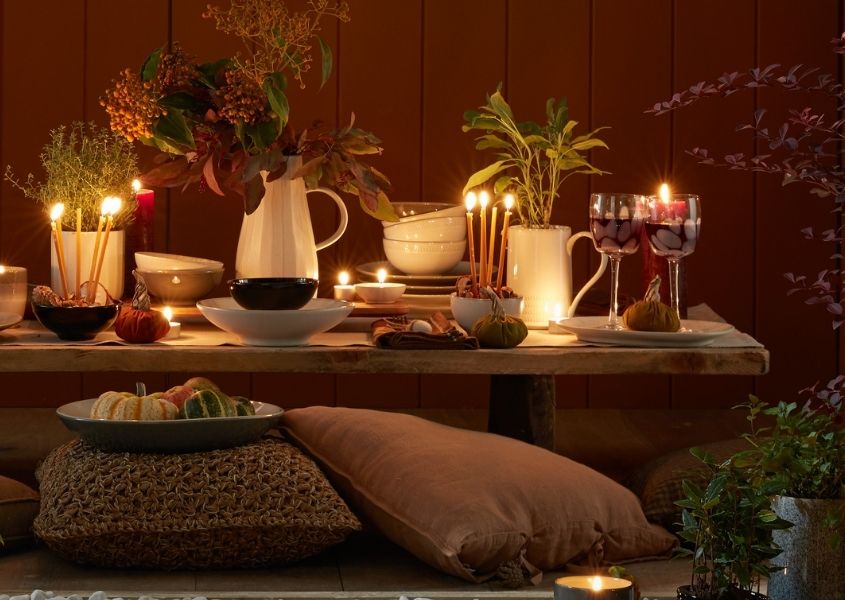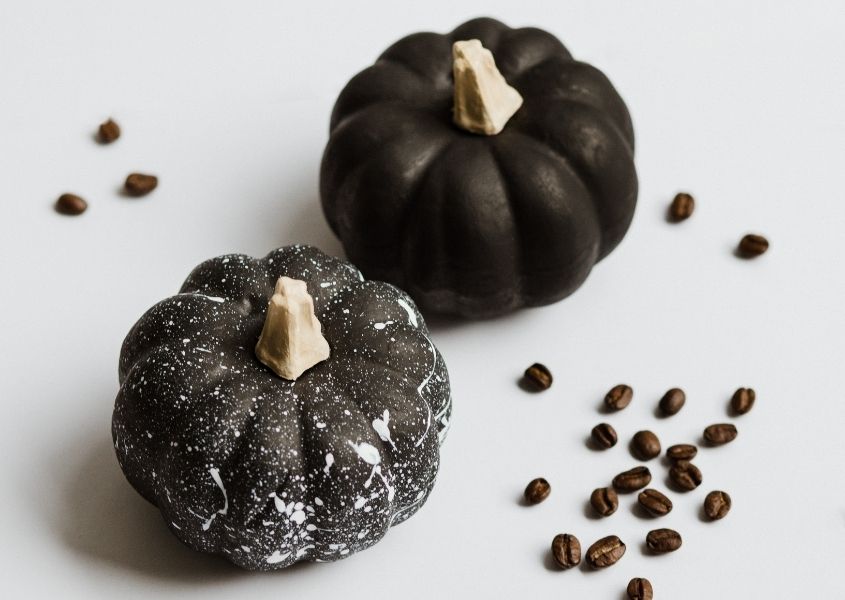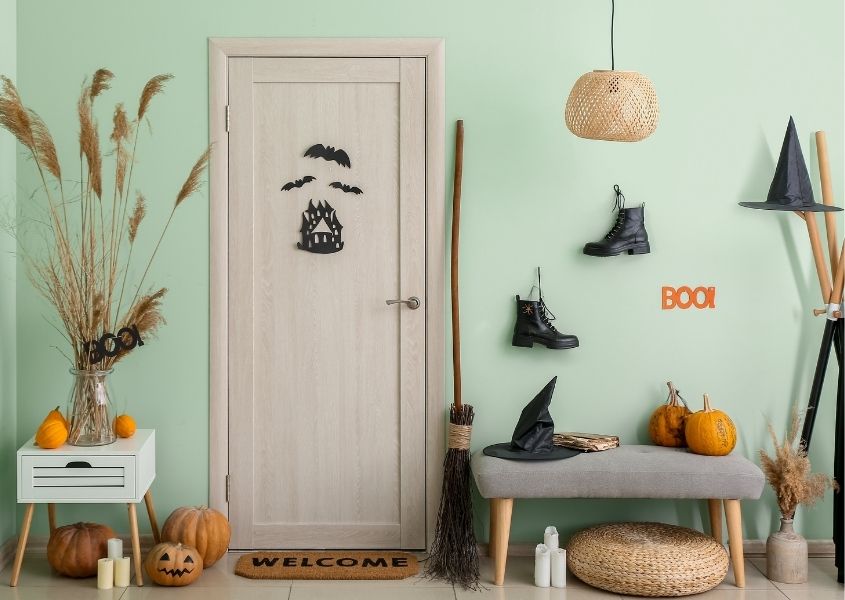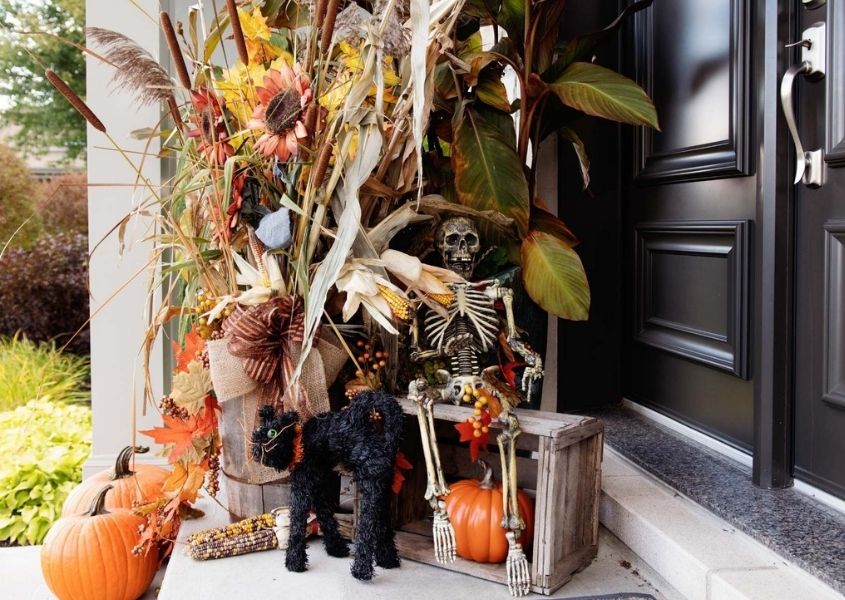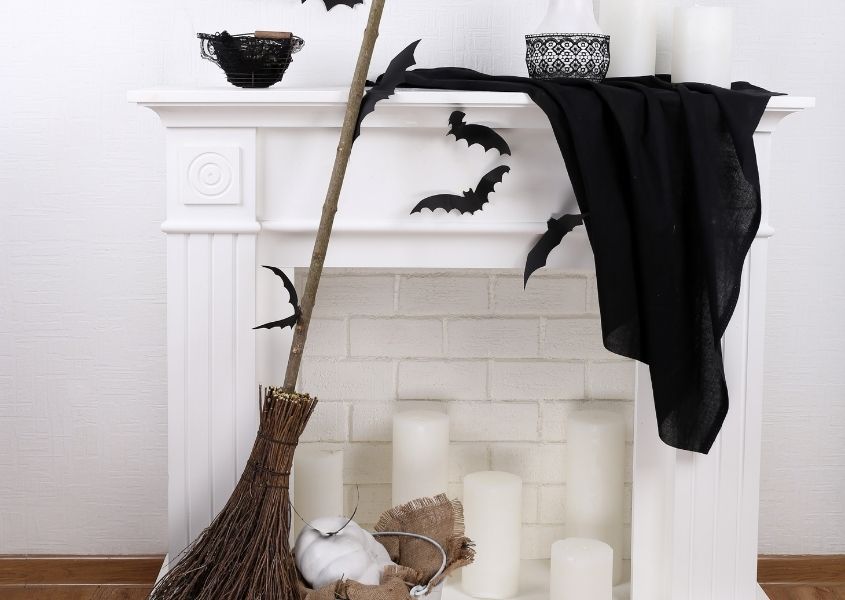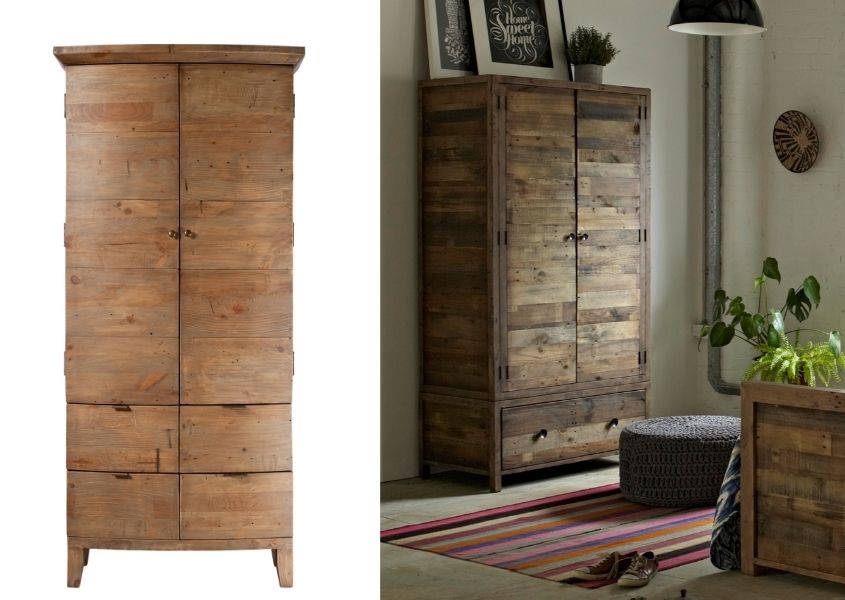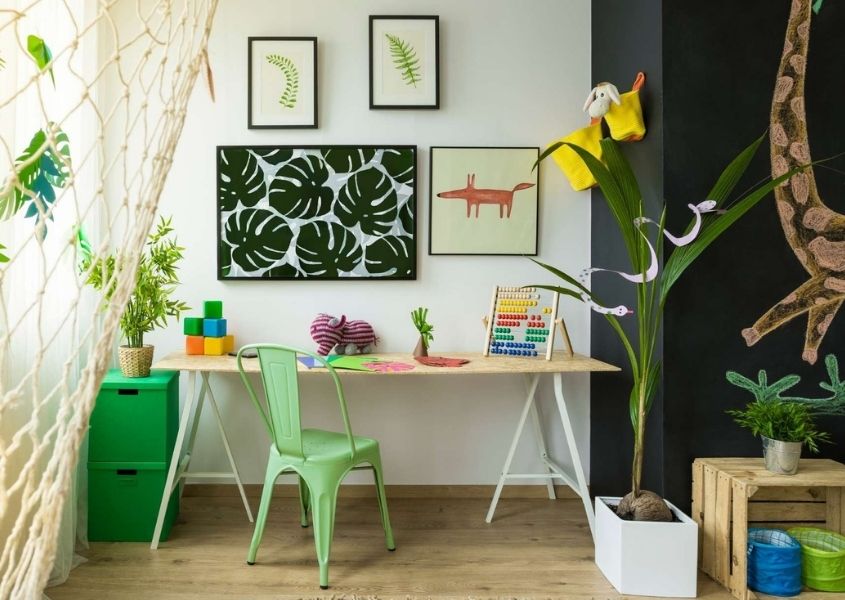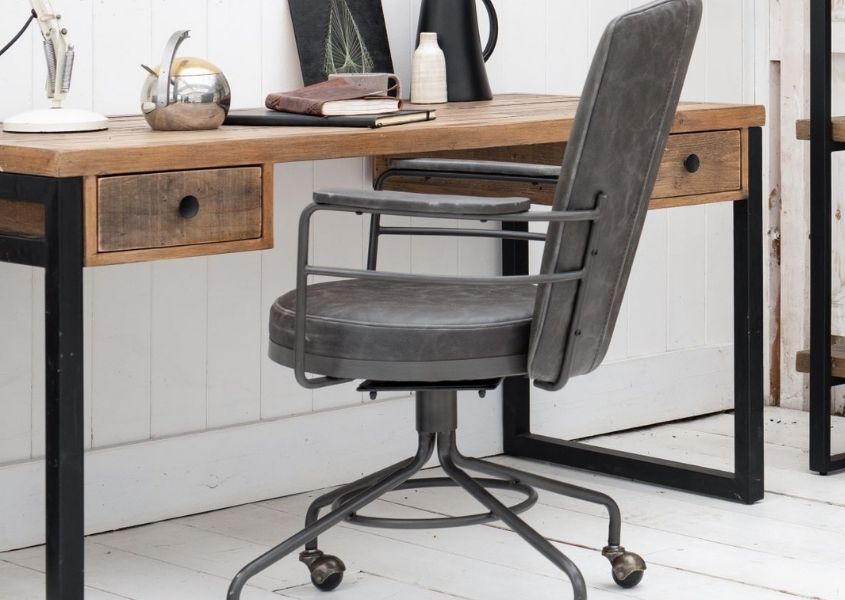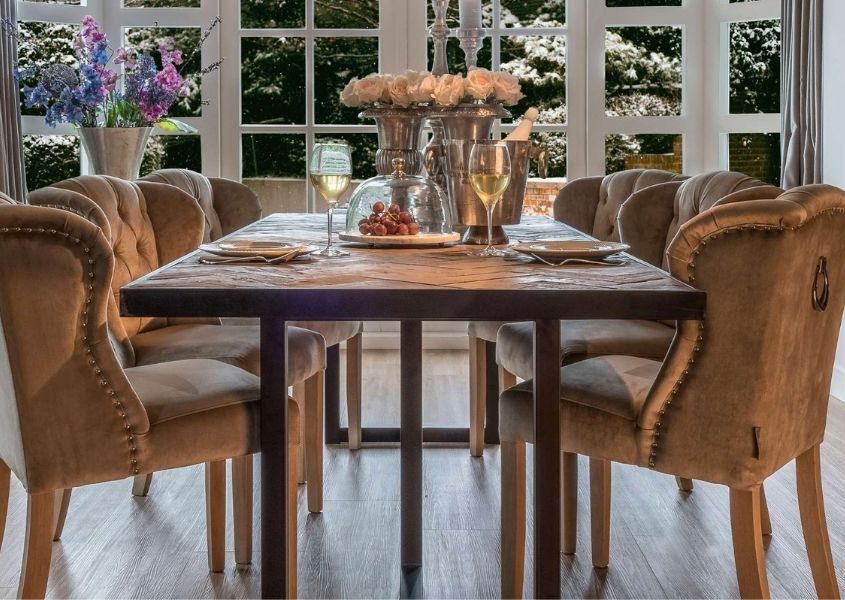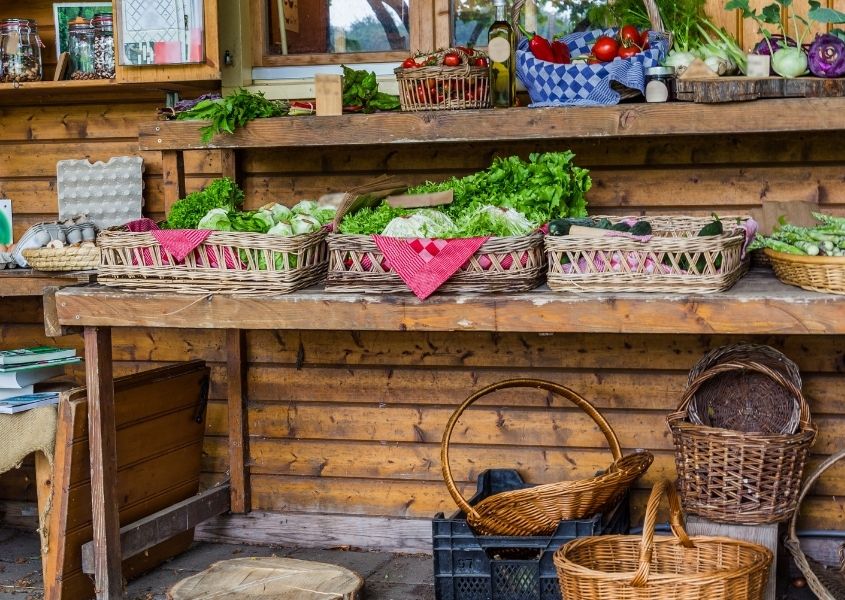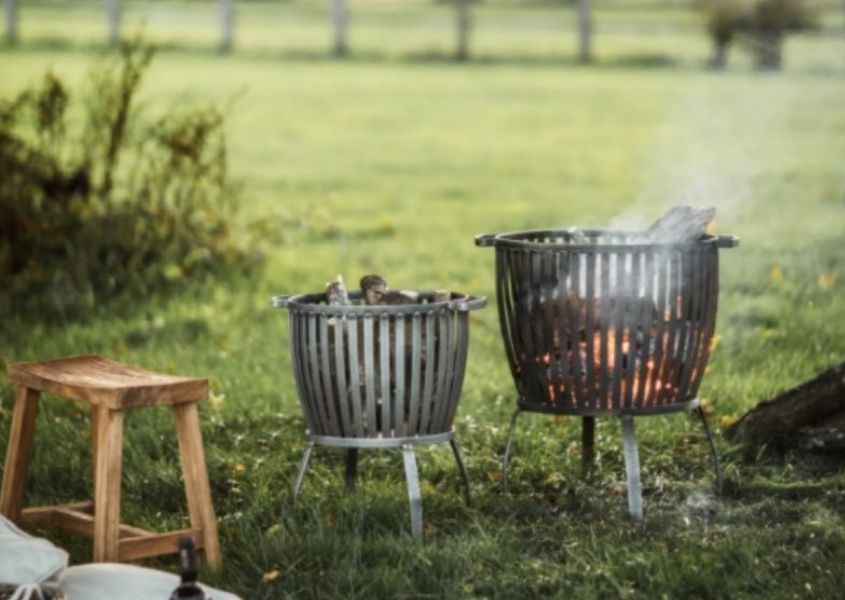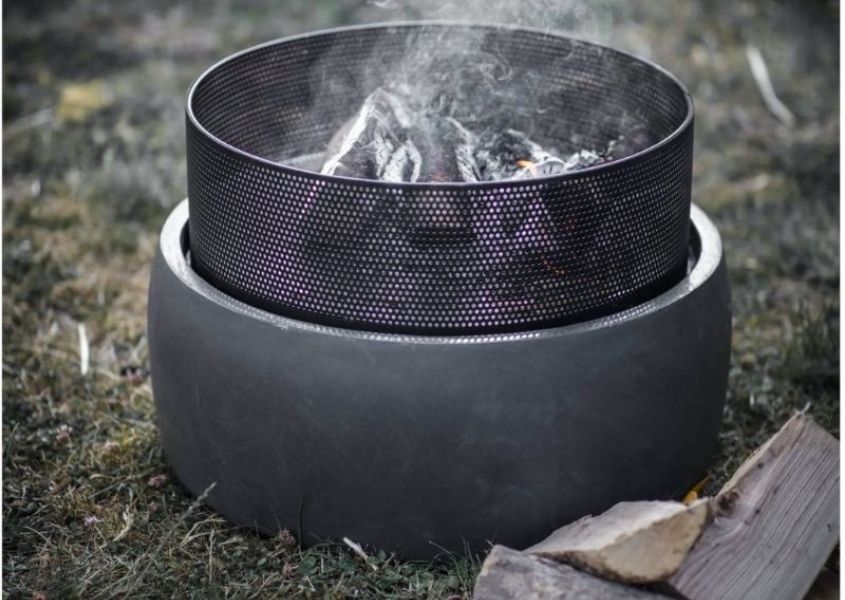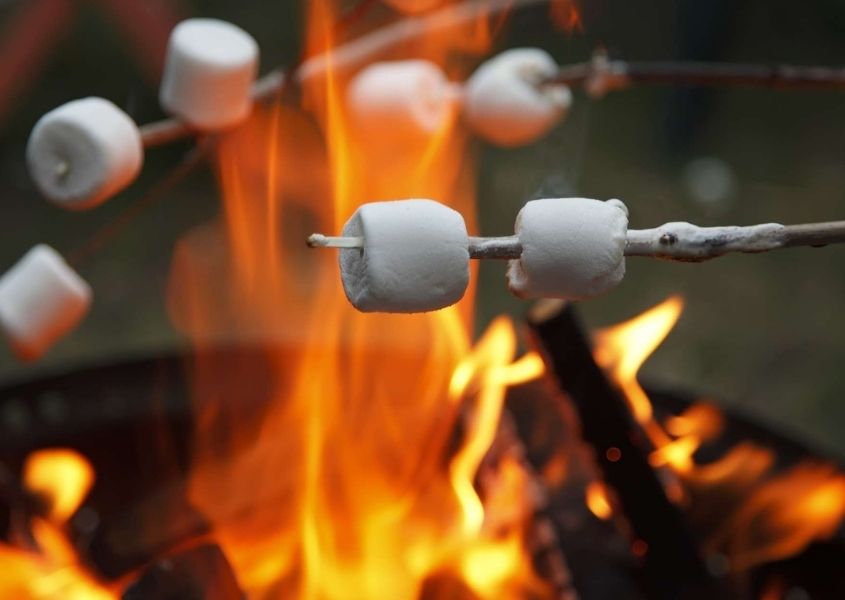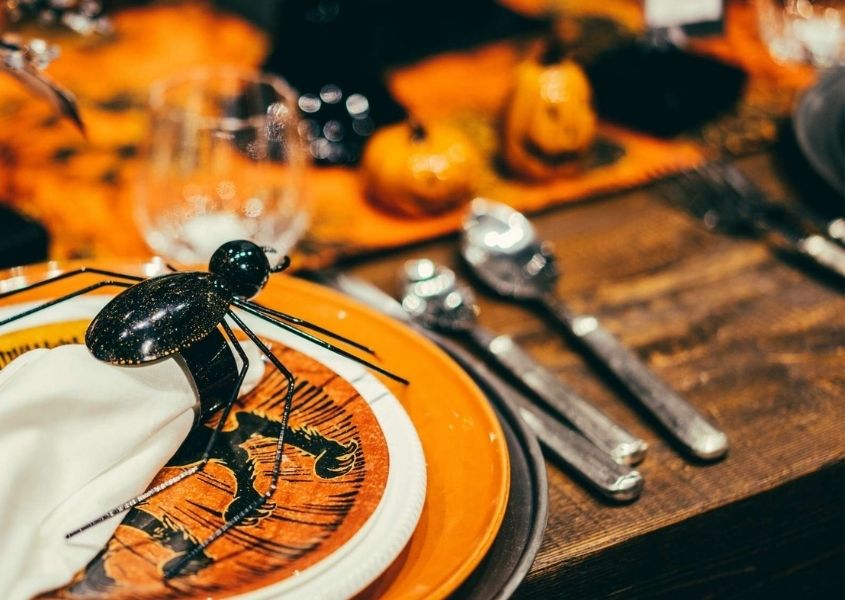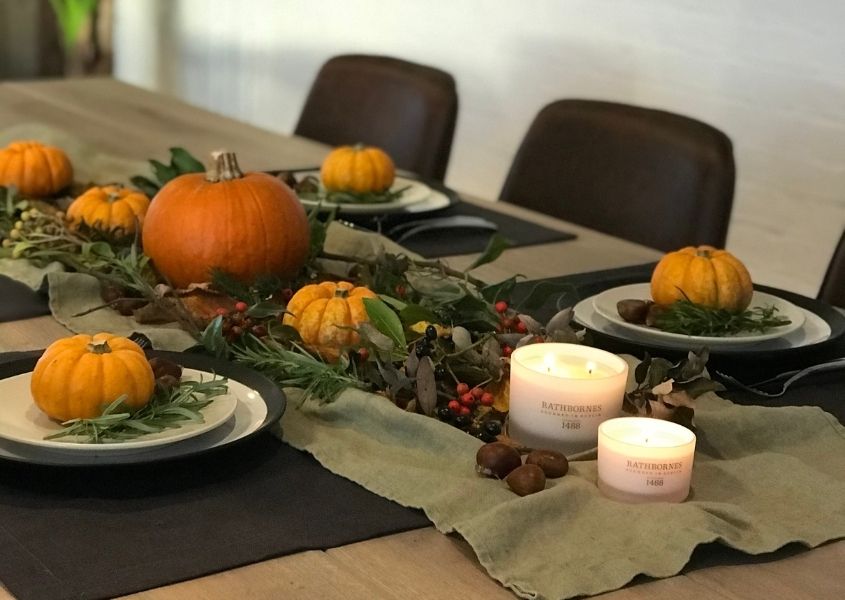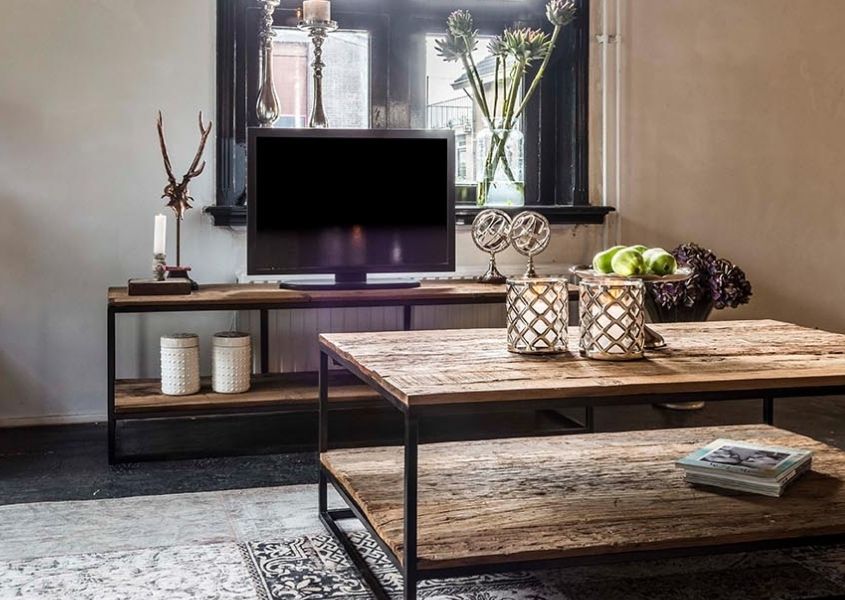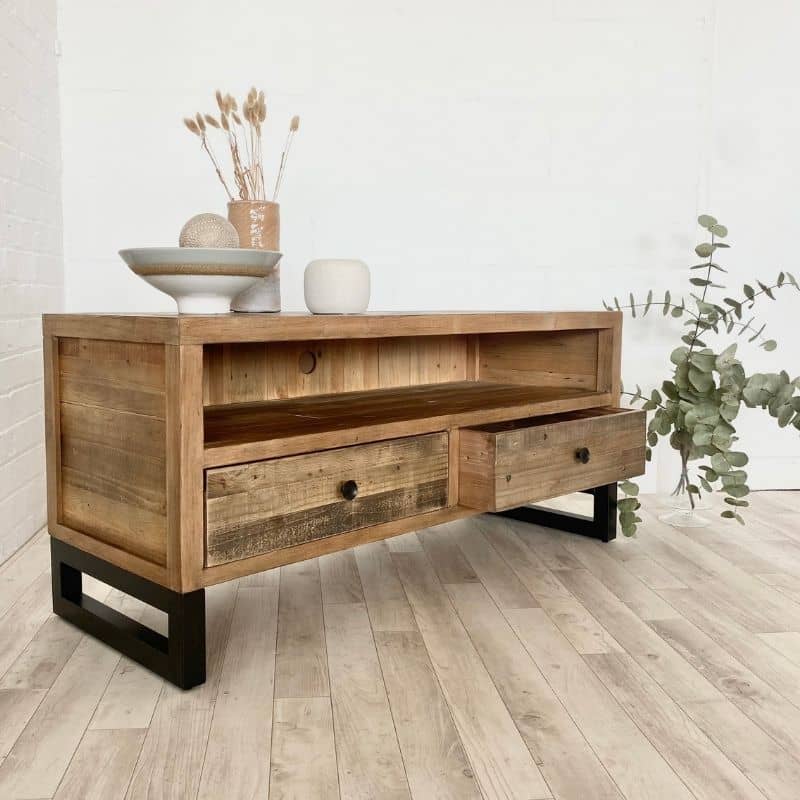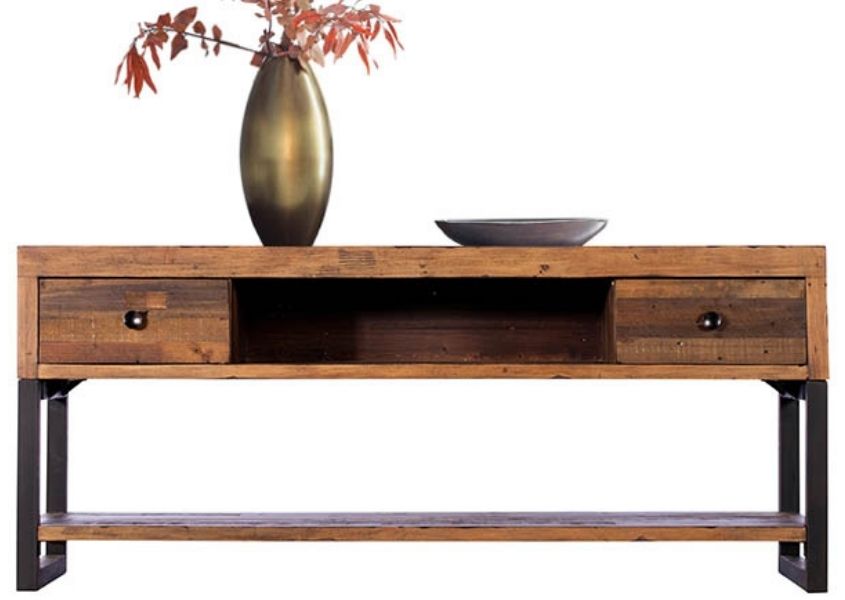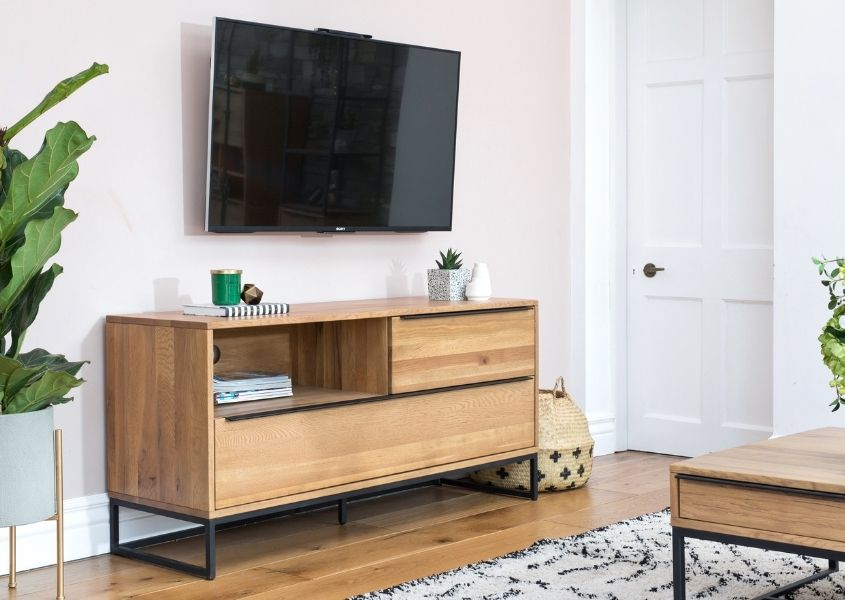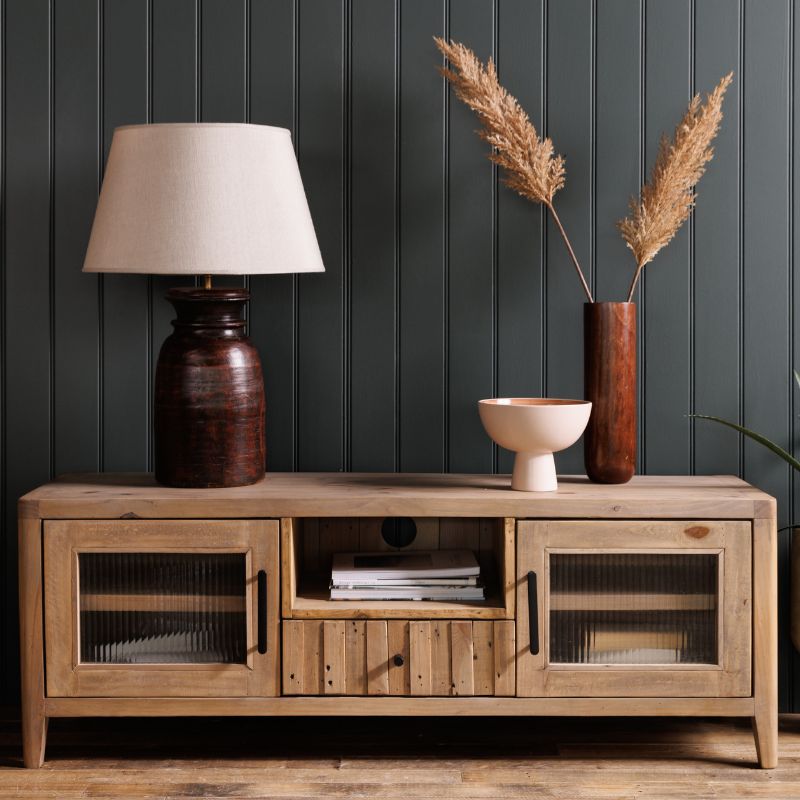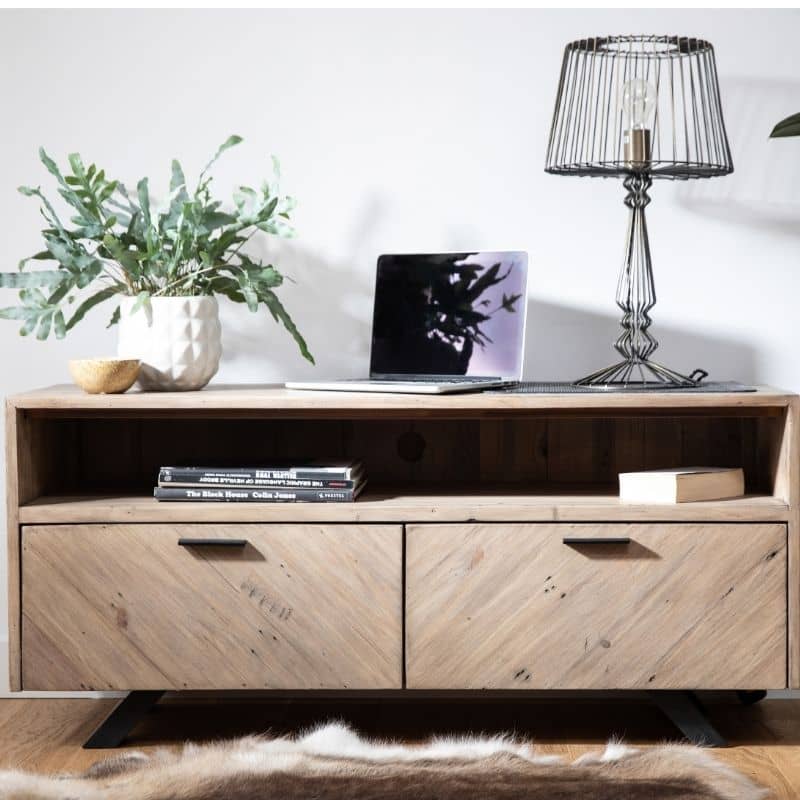

Whilst we love getting cosy with the best of them, the closer we get to the colder months of the year when the nights are longer and we spend more times inside our homes, we can’t help but worry about the amount of energy in the home we’re going to be using. With even higher energy bills predicted to come, it’s wise to start looking now at how we can make our bedrooms, living rooms and dining rooms more energy efficient to save power and money. Here, we offer some tips and tricks to improving the energy efficiency in your home.
1. Start with the heating
Turning the heating on this winter may be scary for many people, but higher bills doesn’t mean turning off the heating altogether. Simply dialing down the thermostat by just one or two degrees equals an instant reduction in your fuel bill. The Energy Saving Trust believes you could see a 10% saving for every degree you turn down. A smart thermostat, controlled through a phone app, is a great way to help energy efficiency as you can adjust it to only heat the rooms being used.
If it’s not feasible to turn down the heating, consider investing in thermal curtains to retain heat, and for the ultimate in cosiness, keep warm blankets in a wooden blanket box in the living room for an extra layer of warmth whilst sat on the sofa on colder nights. Try making your home as heat-retentive as possible in other ways. For example, choosing environmentally sustainable reclaimed wood furniture or a large solid rustic sideboard to help plug gaps in floorboards and keep drafts out could help keep a room warm.
Thick rugs or carpets are also a great way to help retain heat in a room, and the addition of a stylish industrial coffee table as well as a large rug will instantly elevate the look of the room, as well as the warmth.
2. Switch to LED light bulbs
With nights getting longer, we are going to be switching on the lights earlier. Nobody wants to spend the winter sitting in the dark, so consider swapping to LED bulbs, which are more efficient and long-lasting than the old-style incandescent bulbs or the newer fluorescent bulbs. They are easy to fit, don’t need replacing very often and can be used as spotlights or in dimmable lamps. Replace the bulbs in your table lamps on your wooden display cabinet or rustic sideboard for instant, money-saving impact.
3. Switch off!
It may sound obvious, but get into the habit of turning off lights and appliances that aren’t in use. TV’s, game consoles and computers or laptops all use energy even when in sleep mode, so try to remember to shut down and switch off!
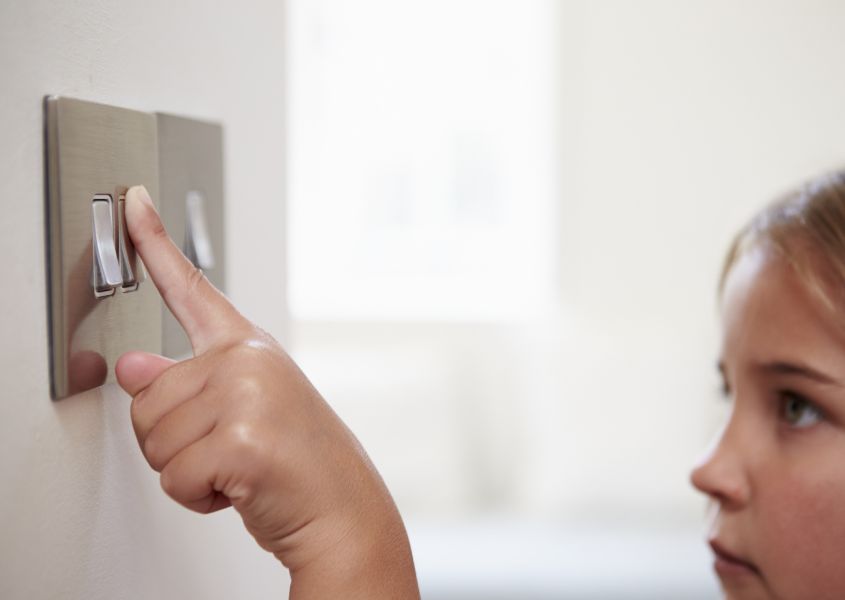
4. Insulate, insulate, insulate
Any heat-saving measures will be lost if you don’t take steps to insulate as much of your home as possible. Start with the loft and cavity walls. Whatever the age of your house, any original insulation material may well have deteriorated, so have an insulation specialist check yours out. Proper insulation can help to reduce your home’s carbon emissions as well as save money on your energy bills. Check here to see if you qualify for a home insulation grant from the government.
Other insulation best practices is to look around all the windows and doors and fill any gaps where possible using a caulk seal or for larger gaps, expanding foam may be a better choice. A simple way to plug under-door gaps is by using a draft excluder, whilst double-glazed or triple-glazed windows will trap more heat inside the home than single-glazed windows and could save you around £175 per year.
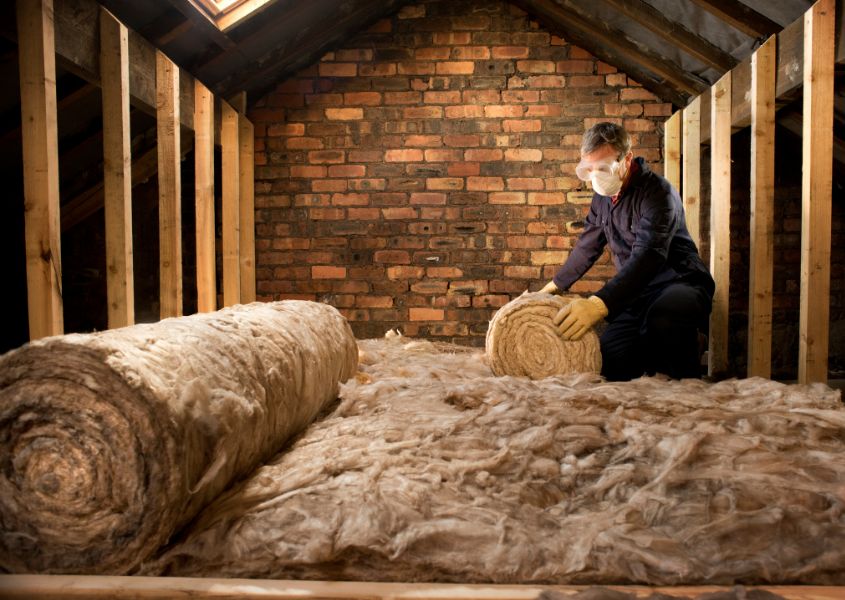
5. Consider a new boiler
A new boiler may be expensive depending on the size of your home, but it will be a good investment as you could save around £300 per year on heating and hot water with an A-rated boiler. Swapping your old appliances for new A+ rated one will help save money in the long run.
We hope all these tips will help you save some energy and keep your home cosy and warm as we head into the cooler months. For more handy tips and home interior ideas, sign-up for our weekly newsletter below.
